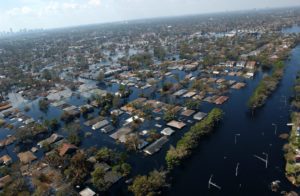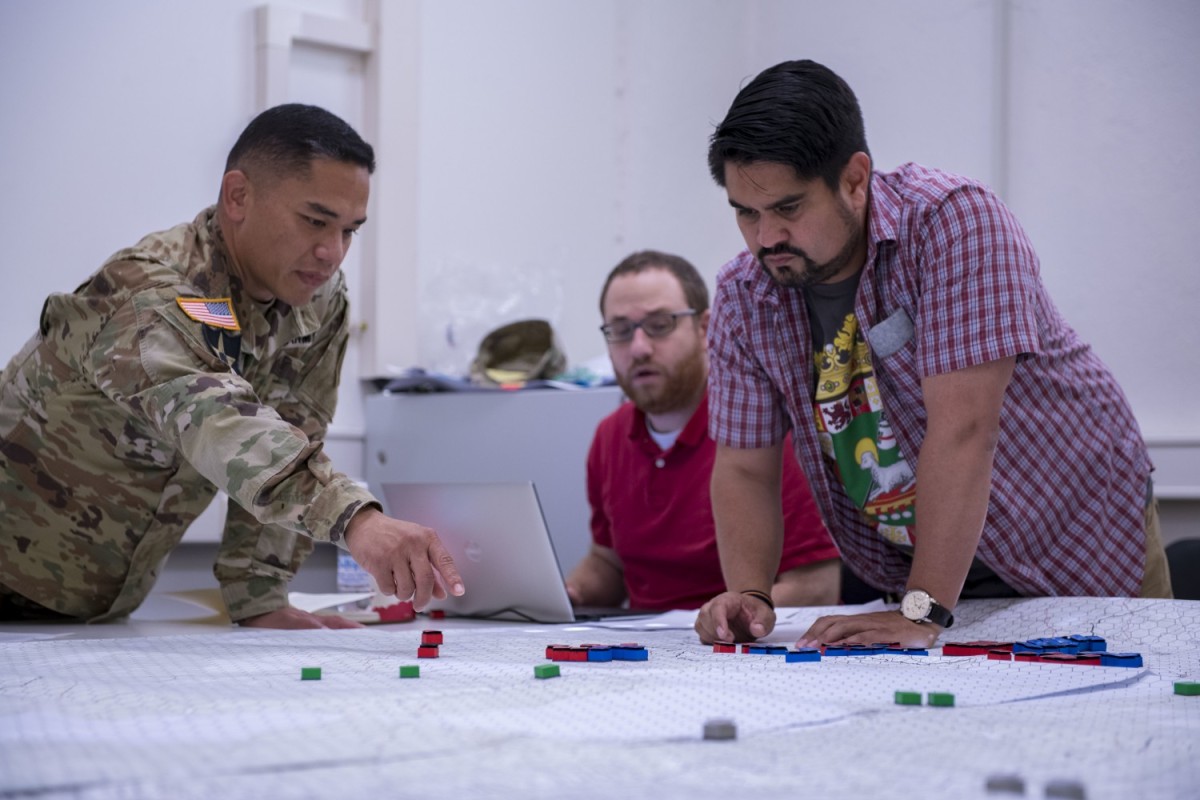People learn in their dreams and they’re not aware of it.
It’s hard to understand how much learning goes on because most people don’t remember their dreams. The conclusions get buried somewhere in their subconscious.
It’s easier to quantify the learning you do while awake.
When you study for something, take a test, and pass it, you know you’ve learned something. Before you studied, you wouldn’t have been able to pass the test. After you studied, you can.
Or somebody shows you how to do something you’ve never done before. After they show you, you can do it. That you can do it means you’ve learned.
When you dream about the day you’ve had, or dream about something you’ve just read, or put something you’ve learned together with something you’ve read, you’ve learned then too. You’ve formed an opinion. You can weigh the relative importance of two assertions.
If your opinion is based on reality, you’ve learned. And you might not even realize it.
Self-review lessons in dreams
Real-life, books, and videos all provide material for learning. Even if there’s no attempt to review and understand the lesson(s), learning can occur automatically while you sleep.
I learned better how to manage a public health crisis while dreaming after one recent dream.
What is a sandbox simulation environment?
You’ll often hear of a sandbox environment referred to as a virtual space in which computer code is employed in a way that it doesn’t affect the rest of a network.
It’s also used in training scenarios involving people from different agencies working together to identify problems in disaster or other plans.
The dream
Here’s a little background.
Hospitals deal with disasters and emergencies all the time.
There are little disasters and emergencies, and much bigger ones.
The impact of some of these events doesn’t go beyond a small group of people. Say six members of a family all contracting COVID or the flu at once. They can all come into an emergency department at the same time. How are they going to eat? How are they going to take care of everything they judge needs to be done? They brainstorm with the nurse.
That’s the kind of disaster that doesn’t make the media. It’s hard on the family; even terrible. Yet rarely does anybody die. They feel terrible as they live through it.
On the other end of the spectrum is a natural disaster that affects a city, like 2005’s Hurricane Katrina pummeling of New Orleans.
That’s the kind of disaster that makes the news. It becomes the subject of books like 5 Days at Memorial by Sheri Fink. The book became a miniseries on Apple TV.

In one part of the book, Fink describes the scene around the helipad where Memorial Medical Center’s staff is trying to evacuate patients. They’re bungling it. People are all over the flight deck. NICU staff are waiting in these overheated tunnels with critically ill babies. Helicopters are waiting too long to take patients away, wasting time.
Doctors are trying to run the evacuation efforts when there’s another staff member who did that same job in the Air Force.
When the person who did that in the Air Force took over the job, everything went more smoothly.
I’ve never lived through a large-scale disaster at the epicenter like Katrina. When Katrina happened, hospitals throughout the United States received evacuated patients. The description of this situation matches my experience acquired in several small disasters.
In a dream that I had after I read that passage in 5 Days, I found myself on a flight line packaging up patients and shipping them out. While I’ve never received specialized training in running a flight line, I have received training relating to helipads during the Army.
Don’t cede control to doctors just because they’re doctors. While some doctors might know what to do, not all do. Listening to some doctors argue with a pilot about what kind of equipment his aircraft could take during an evacuation is intolerable. It wastes time, so goes the conclusion.
The dream was a kind of role-playing lesson. I got to argue with some faceless important-feeling doctors.
“Don’t you think the pilot knows their aircraft?”
“Come on doc. We’re wasting time.”
“There’s no room for all that. We need to prioritize the walking wounded.”
In the book, they prioritized evacuating the sickest patients first. That’s the opposite of what they teach in the Army and other programs. The doctrine there is to do the greatest good for the greatest number of people.
During normal operating times, the sickest get prioritized first. Katrina was anything but normal.
Creating memories
Neurons in the brain develop links with each other. This process is creating knowledge allowing you to draw on a variety of experiences real and imagined to perform better should you need to do so in real life. It’s interesting to see this in a dream and be aware of it happening.
Journaling your reflections, even sketching them out, helps you solidify these lessons.
Also on the blog:
James Cobb RN, MSN, is an emergency department nurse and the founder of the Dream Recovery System. His goal is to provide his readers with simple, actionable ways to improve their health and maximize their quality of life.
We use some affiliate links. If you click on a link and make a purchase, we may receive a commission. This has no effect on our opinions.
